What is this white stuff on my bush?
pickindaisies
11 years ago
Featured Answer
Sort by:Oldest
Comments (11)
rhizo_1 (North AL) zone 7
11 years agoRelated Professionals
Accokeek Landscape Architects & Landscape Designers · Simi Valley Landscape Architects & Landscape Designers · Paradise Landscape Architects & Landscape Designers · East Patchogue Landscape Architects & Landscape Designers · Arlington Landscape Contractors · Surprise Landscape Contractors · Concord Landscape Contractors · Belmont Landscape Contractors · Florham Park Landscape Contractors · North Ridgeville Landscape Contractors · Pleasant Prairie Landscape Contractors · Ringwood Landscape Contractors · Wallingford Landscape Contractors · West Haverstraw Landscape Contractors · Jericho Stone, Pavers & Concretepickindaisies
11 years agohortster
11 years agoTiffany, purpleinopp Z8b Opp, AL
11 years agorhizo_1 (North AL) zone 7
11 years agoTiffany, purpleinopp Z8b Opp, AL
11 years agorhizo_1 (North AL) zone 7
11 years agoTiffany, purpleinopp Z8b Opp, AL
11 years agoI C
8 years agorhizo_1 (North AL) zone 7
8 years ago
Related Stories

GARDENING GUIDES6 Plants That Beat Butterfly Bush for the Wildlife Draw
It's invasive, a nonnative and a poor insect magnet. Check out these better alternatives to butterfly bush in the garden
Full Story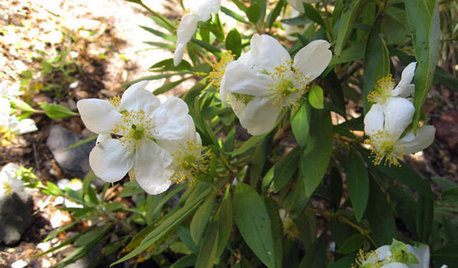
FLOWERSGreat Design Plant: Bush Anemone
Breathe in this shrub's sweet perfume while you're admiring its petite white flowers and the butterflies it brings
Full Story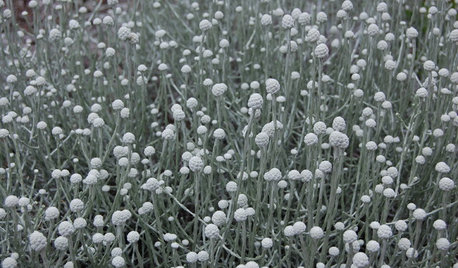
BLUE AND GRAY FOLIAGEGreat Design Plant: Cushion Bush
Fuzzy and otherworldly, this white mounding shrub lights up gardens through all four seasons
Full Story
GARDENING FOR BUTTERFLIESGreat Design Plant: Coyote Bush
Remarkably resilient, this coast-happy shrub attracts native wildlife — and its leaves have an unusual attribute
Full Story
CONTAINER GARDENSPatio-Perfect Berry Bushes Like You’ve Never Seen
Small enough for pots but offering abundant fruit, these remarkable bred berries are a boon for gardeners short on space
Full Story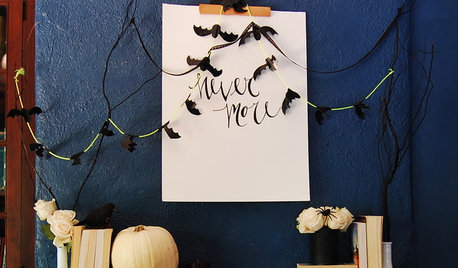
HALLOWEENEasy Halloween Decorations From Stuff You Already Have
Go spooky or sophisticated with these DIY mantel decorations made from household items
Full Story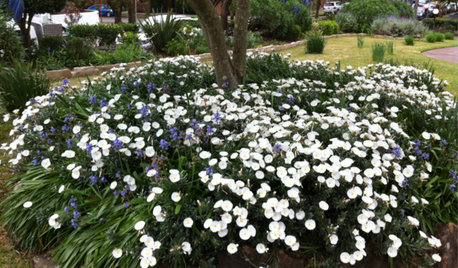
GARDENING GUIDESGreat Design Plant: Convolvulus Cneorum
Bush morning glory’s silvery foliage is transformed every day as pinkish buds open to reveal white flowers
Full Story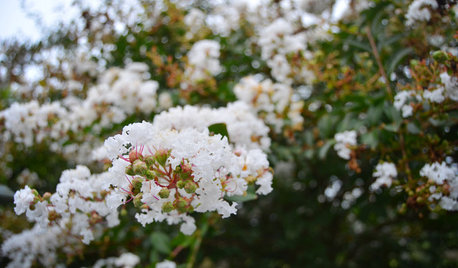
GARDENING GUIDESBrighten Any Garden With White Crape Myrtle
A terrific supporting player to other plants, white crape myrtle can help a walkway or other parts of a landscape gleam
Full Story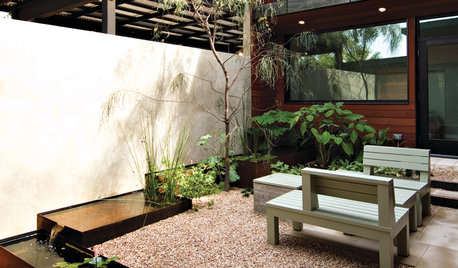
LANDSCAPE DESIGNStrike a Balance: Stuff vs. Space in the Garden
Zoom out to the big design picture before focusing on the little details, to create a garden with all the elements in balance
Full Story
MORE ROOMSDorm Life: Cool Stuff for a Music Lover's Room
Outfit Your Tiny College Home for the Best 9-Month Tour Ever
Full StoryMore Discussions






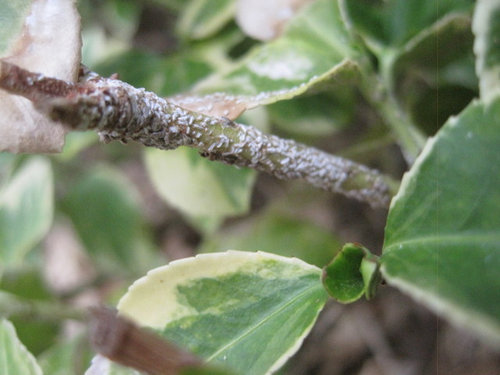

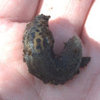
ken_adrian Adrian MI cold Z5